Alabama summers are hot and humid, which means that there are many chicken breeds that can’t survive in the Heart of Dixie. Fortunately, the winters aren’t terribly cold, and you don’t need winter-hardy chickens in Alabama.
To save you the trouble of browsing the internet for the most summer-hardy chicken breeds, we assembled a list of 9 best egg laying chickens for Alabama.
Check it out below!
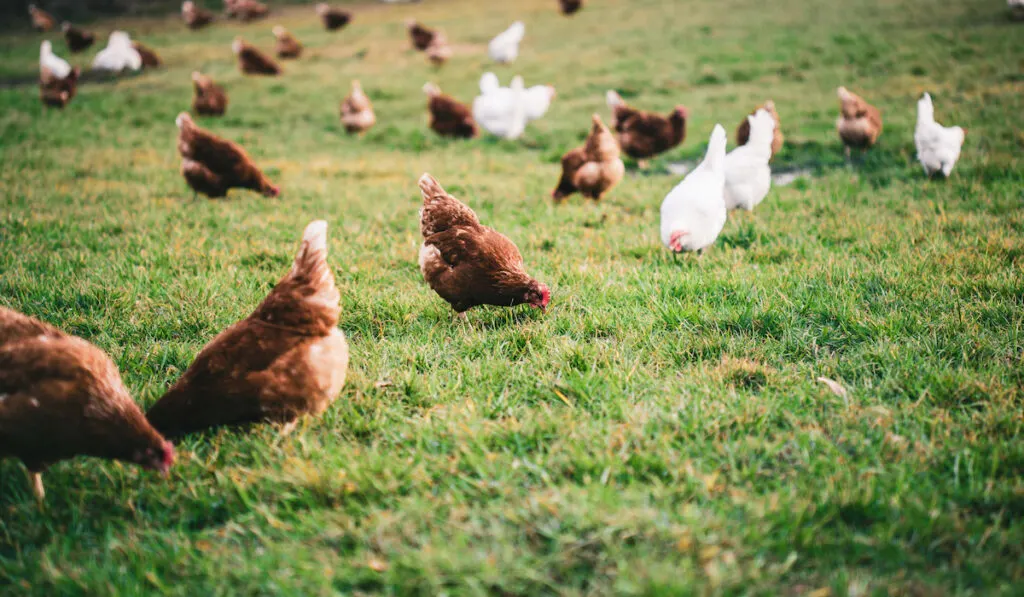
Table of Contents
Climate and Weather in Alabama
Alabama is a humid subtropical state, and this can pose a problem for chickens in the summer, as they have trouble dealing with high temperatures in a humid environment.
On average, June, July, and August are the hottest months, although September can also be hot in southern areas.
During this period, the average high temperature is between 85°F and 90°F, while they usually don’t drop lower than 65 degrees. In extreme scenarios, temperatures in Alabama can peak to 110°F!
Southern Alabama is noticeably hotter than central and northern Alabama.
Average temperatures are right on the edge of what’s considered dangerous for chickens – anything above 80°F is concerning, temperatures above 85°F are dangerous, and anything close to 100°F is lethal without proper management.
However, Alabama is not a dry environment. It is, in fact, one of the most humid states in the USA, with humidity ranging between 50% and 85%, depending on the time of day.
This means that Alabama is a dangerous environment for chickens during the summer on two fronts, and you’ll have to find summer-hardy breeds that won’t die from heat exhaustion.
The winters, however, aren’t as bad. Temperatures are rarely lower than 30°F, and in southern areas, they usually don’t drop below 40°F.
1. Dorking Chickens
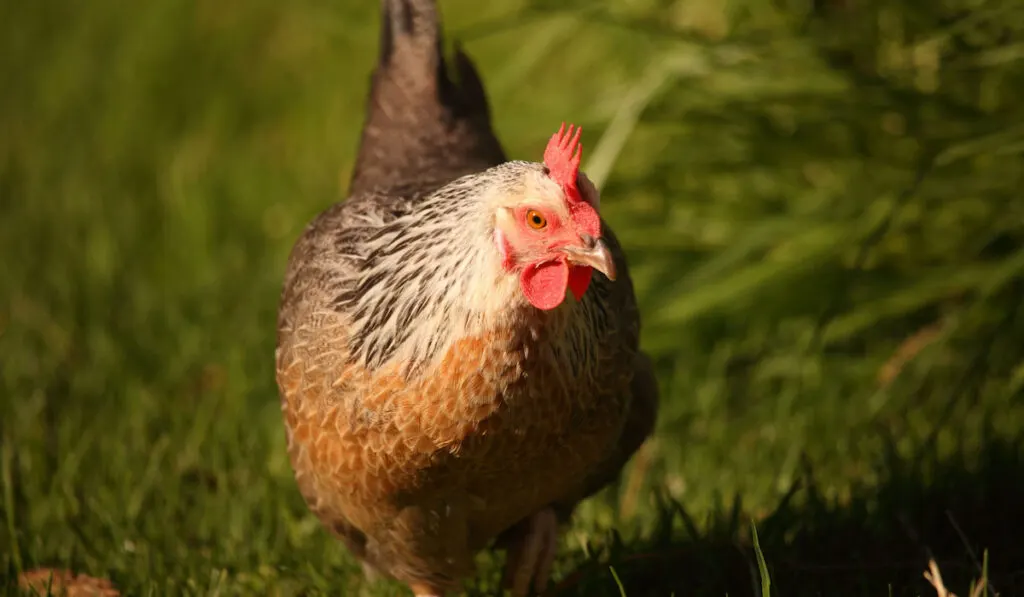
Dorking chickens are well known for being hardy birds, somewhat ideal for hot climates. They do very well during the summer and don’t have a problem surviving high temperatures, but they need some protection during the winter.
Their heat tolerance makes Dorkings ideal for Alabama with its hot summers and not-so-cold winters.
Their eggs can be large, and they can lay up to 200 eggs a year. Despite being a “summer breed,” they’re great winter layers and won’t stop laying eggs just because it’s cold.
Neither males nor females are small – with males weighing around 9 pounds. Despite this, they do very well in the summer and their large size doesn’t bother them.
It’s important to remember that they’re tolerant birds, so they shouldn’t be mixed with aggressive breeds as they’ll end up being bullied.
2. Easter Eggers
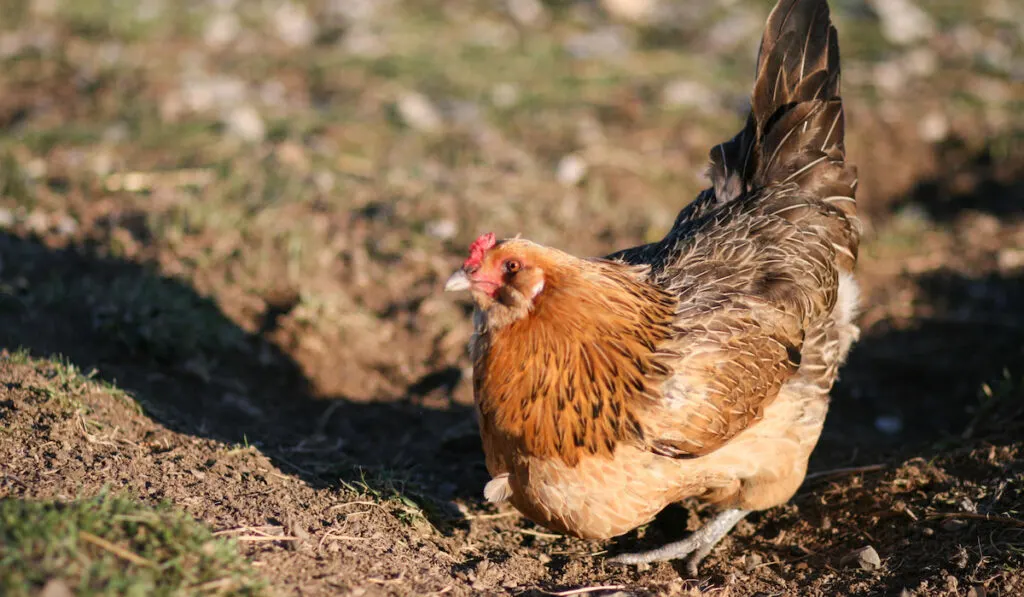
Easter Eggers are much smaller than Dorking chickens, with roosters weighing no more than 5 pounds! Smaller birds don’t heat up as quickly as larger birds, so they have a massive advantage in the summer.
Additionally, because of their small size, a single chicken doesn’t need more than 4 feet of coop space.
Very heat-tolerant, Easter Eggers can withstand extremely high temperatures and are often raised in year-round hot climates.
Similar to Dorking chickens, they’re naturally friendly and do well in coops with other friendly birds.
They’re superior to Dorking chickens when it comes to laying eggs, though! They can lay up to 280 eggs a year, making them a great choice for a year-round egg supply.
Contrary to popular belief – their eggs aren’t rainbow-colored; they’re usually blue, pink, brown, or cream.
3. Blue Andalusians
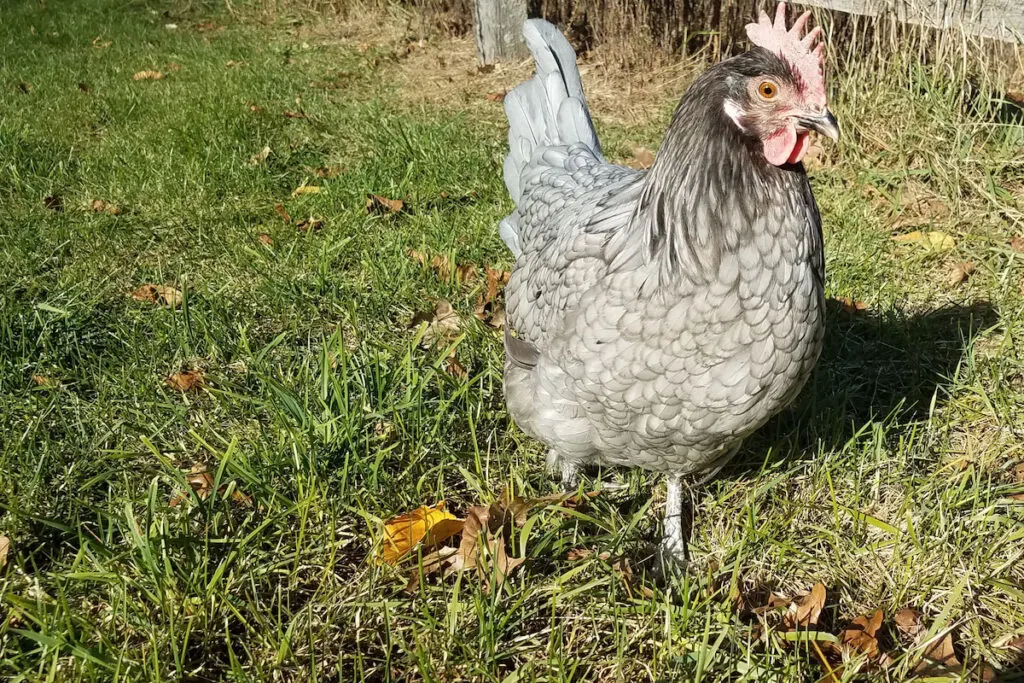
This breed originated in Spain, which sees warm temperatures all throughout the year, while the summers are intensely hot.
As expected, they’re thin birds, which helps them cope with the temperatures. Unfortunately, their thin plumage and small size mean that they don’t do well in cold temperatures without shelter.
They’re best described as average egg producers – Andalusian chickens usually lay about 150 eggs a year, but some chickens can lay up to 200.
Despite being best suited for warm climates, they’re good winter layers.
If it’s warm enough, this breed will insist on going outside – they hate being stuck in the coop and love being out on the range.
4. Catalana Chickens
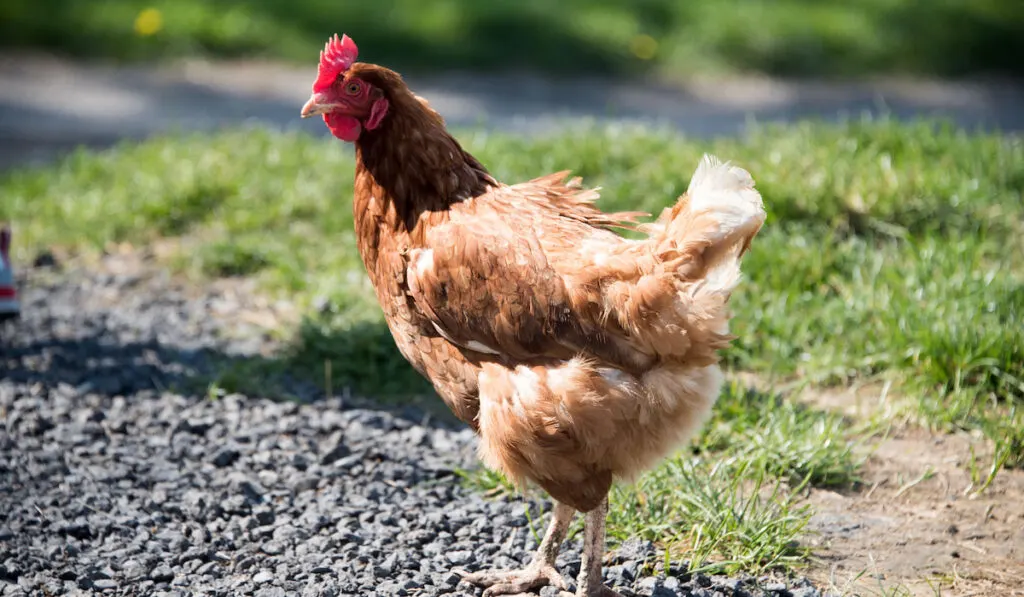
As you might have picked up the pattern by now – the best egg-laying chickens for hot climates, such as Alabama, come from hot countries, such as Spain.
This breed is no different – the Catalana breed was developed in Catalonia, as the name suggests. They’re famous for their heat tolerance, which led to the breed’s success in Latin America, especially in Argentina.
Catalana chickens are great layers, laying between 200 and 240 eggs a year, while they’re also famous for their meat.
Similar to Blue Andalusians, these birds love to forage and don’t like to be closed in the coop unless absolutely necessary, which means that you should only keep them if you have a yard for them to explore.
5. Minorca Chickens
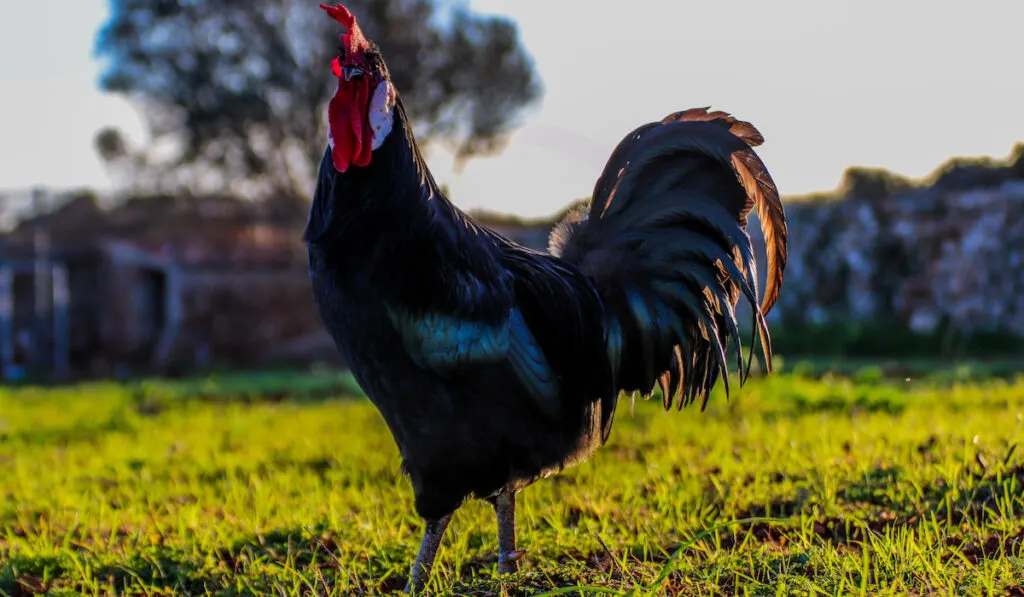
Another foreign species, the Minorca chicken, is very heat tolerant. Their origin isn’t completely broken down, but we know that they have African roots, which is why they’re capable of tolerating heat so well.
They were taken to Mallorca, Spain, but they’re not originally Spanish birds.
Minorca chickens don’t lay as many eggs as some other breeds on this list – only laying between 140 and 220 a year – but their eggs are very large. Their eggs are possibly the largest white eggs in the world!
Despite thriving in hot climates, they’re very difficult to manage in cold climates, as they often get frostbite. They’re also a free-roaming breed that doesn’t like to be confined to the coop.
6. Orpington
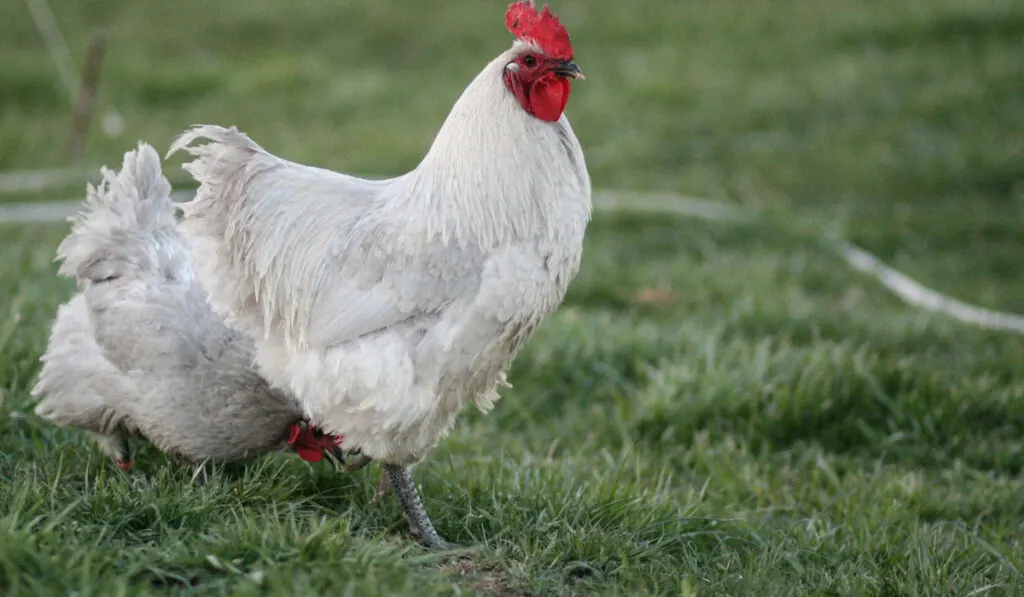
These much-loved chickens come from southeastern England.
These birds are large, with males weighing up to 10 pounds, but despite their size, they’re friendly and docile, which is why they shouldn’t be kept together with aggressive breeds.
They like exploring – they’re not a breed you should keep in the coop all the time.
Orpingtons are hardy birds – capable of withstanding both cold and hot temperatures, but extremely hot temperatures can be lethal for them, which is why proper ventilation and watering are crucial for them!
You can expect between 175 and 200 eggs throughout the year, even during the winter. Before they were selectively bred for their beauty, Orpingtons were capable of laying more than 300 eggs a year.
7. Australorps
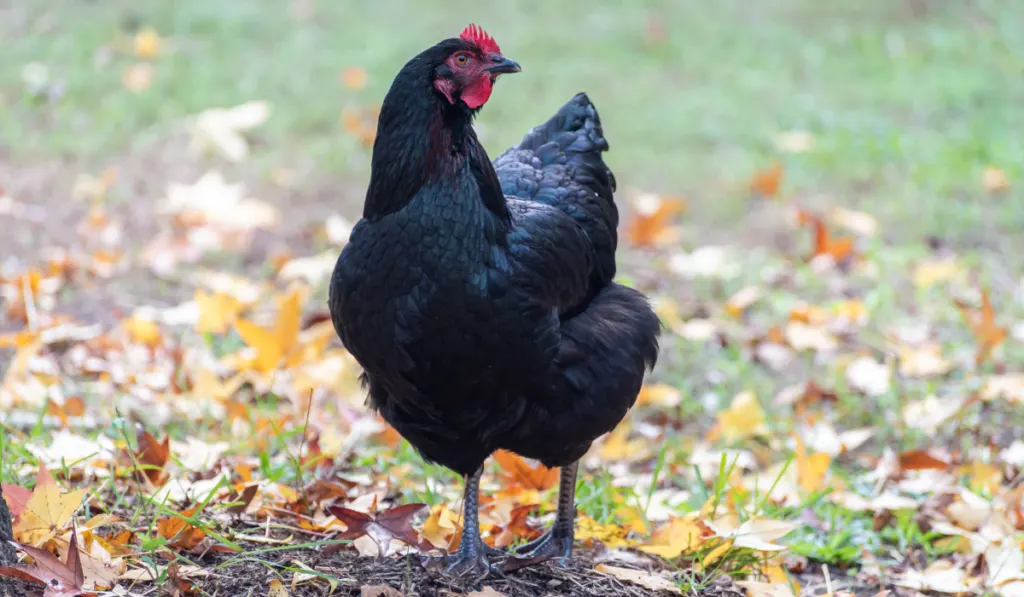
Australorps are direct descendants of Orpingtons. They were taken to Australia, crossing with local breeds, thus becoming more tolerant to high temperatures.
Just like their ancestors, these birds are large, and they can weigh up to 10 pounds. There’s also a Bantam Australorp variety of this breed, which is usually very small, weighing no more than 2.7 pounds.
They can lay more eggs than Orpingtons, though, sometimes reaching 300 eggs a year, but usually laying about 250 eggs yearly.
Australorps like to roam around, catching insects and earthworms, so they’re a great addition to an open yard, but they can be kept in confined spaces if necessary.
8. Campine Chickens
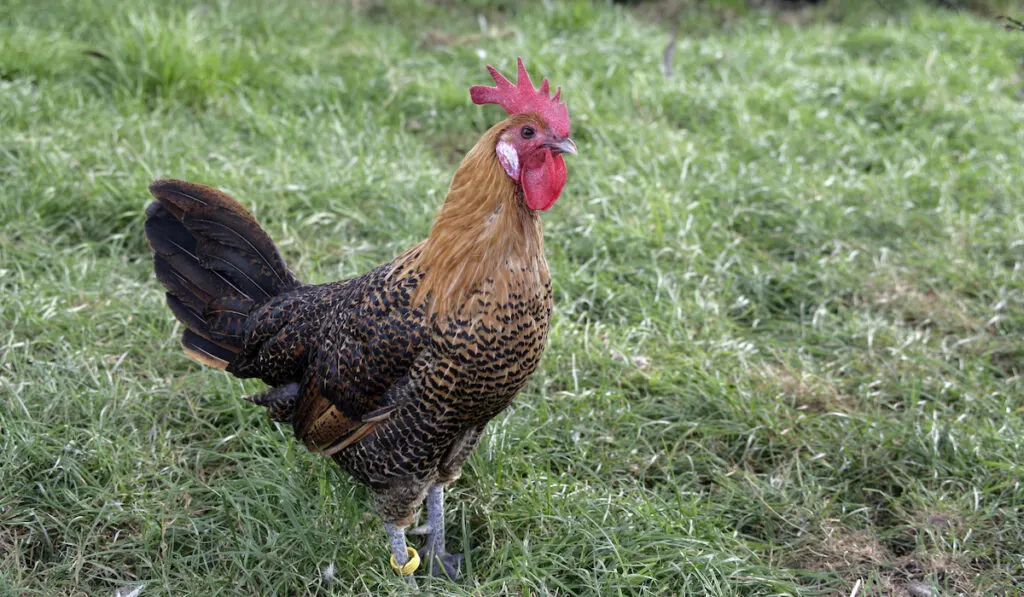
Campine chickens, available in the silver and the golden variety, are light birds, usually weighing no more than 6 pounds. They originated in Belgium, where they were kept for egg laying.
In a year, a Campine chicken can lay between 140 and 200 eggs, and the eggs are quite large for such a small bird. Campines are extraordinarily beautiful, so they’re often kept as pets, although they do not like to be handled.
They’re ideal for Alabama, as they’re well-adjusted to hot climates and don’t do well in cold areas.
Because of their small size, they’ll likely be picked on by larger birds, so it’s best to keep them in a flock with other non-aggressive birds.
9. Leghorn
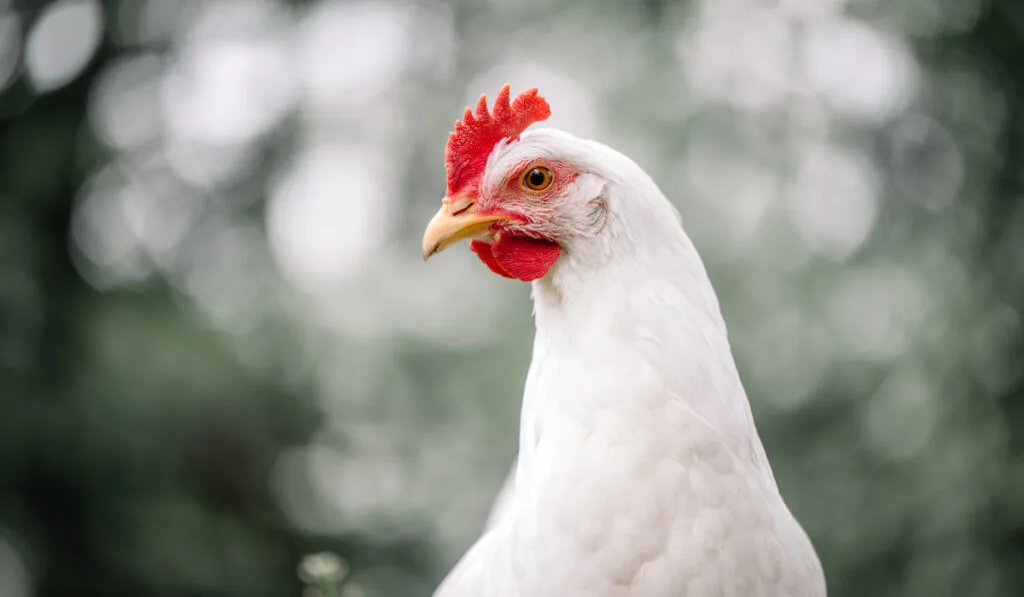
An all-around hardy breed, Leghorns come from Italy and they’re great at adapting to both hot and cold temperatures. On top of that, they’re extraordinary egg layers.
A single hen can lay up to 320 extra-large eggs a year!
Like many other birds on this list, they like open areas where they can roam around whenever they want, and they’re not an aggressive breed, so it’s best to keep them with other docile breeds.
Their lifespan is a bit shorter than that of other birds, as they rarely live longer than 6 years.
A leghorn hen’s short lifespan is a consequence of laying so many large eggs!
They’re also not the best pet breed, especially if there are children around, as they don’t like to be held.
To Sum Up
Australorps, Blue Andalusians, Leghorns, and Easter Eggers are some of the best egg laying chickens for Alabama, as they’re well adapted to the state’s hot summers.
When choosing the breeds you’ll invest in, it’s important to remember that Alabama gets very hot in the summer, but the winters are mild, so the chickens need to be summer-hardy.
During that time, they need plenty of water and proper ventilation and shading in their coop areas to survive.
With these breeds, you can expect anything between 200 to 320 eggs a year, which is bound to be a plentiful supply!
Resources:
- https://www.usclimatedata.com/climate/mobile/alabama/united-states/usal0899
- https://extension.psu.edu/hot-weather-management-of-poultry
- https://livestockconservancy.org/heritage-breeds/heritage-breeds-list/dorking-chicken/
- https://livestockconservancy.org/heritage-breeds/heritage-breeds-list/catalana-chicken/
- https://livestockconservancy.org/heritage-breeds/heritage-breeds-list/minorca-chicken/
- https://livestockconservancy.org/heritage-breeds/heritage-breeds-list/campine-chicken/
- https://livestockconservancy.org/heritage-breeds/heritage-breeds-list/leghorn-chicken/
- https://www.hobbyfarms.com/breed-profile-orpington-chicken/
- https://www.hobbyfarms.com/australorp/
